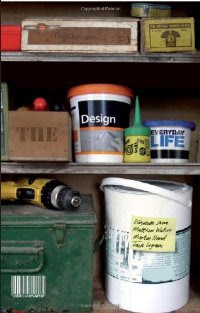Dear Sir/Madame/Friends,
It was exactly one year ago, that a real change happened in
our faculty. We, as the marketing students came up with the one and only
subject society in our faculty. We knew that we are on a revolution so came
“re” and we are marketing students, so “MARK” came and the result was “reMARK”,
The Marketing Students’ Association.
I remember the hours of discussions and brainstorming we
had, how we sold the newsletters, pasted posters all over the place. We showed
the character of real marketers from the word “go”. What a teaser campaign we
carried out and a follow up campaign after that.
I must say it was not difficult to set the theme “Learning
to be different”. Because we are any way different and in whatever we do, there
was “Difference”. In the truest sense of fellowship we were successful in
serving our fellow brothers and sisters. Each and every one received even a
single e- mail would provide testimony for that fact.
A big book of thousands of pages won’t be enough to write
all the great times we had as well as the difficult times. In great times as
well as in difficult times there was always our brotherhood and never dying
commitment to keep the house fire burning.
In retrospective, I would say that we achieved most of the
objectives that we set at the initiation of the Association. I should give
friendly invitation to my dear mallis and nangis to join hands with us in this
endeavor.
In this day of Happiness, We should celebrate our success.
And I pay my heartfelt gratitude all the lecturers and all my brothers and
sister who were there from the first day and still with us up until now. There
is no price to value their commitment and effort, because they are all
“PRICELESS”.
Eranjana Kathriarachchi
Outgoing President 2010-2011
The reMARK Team



